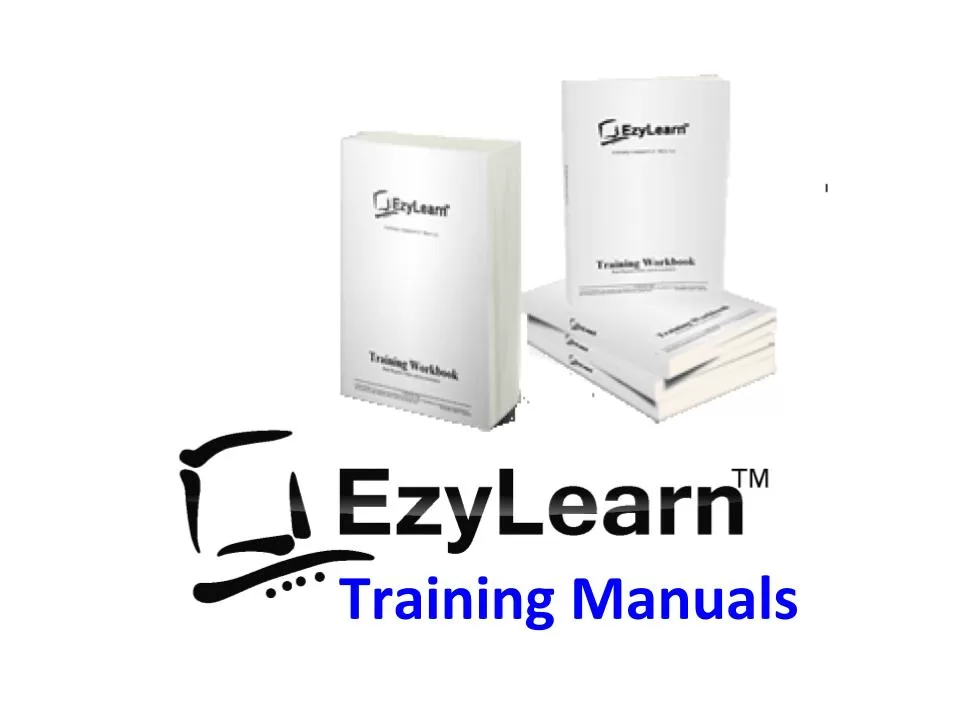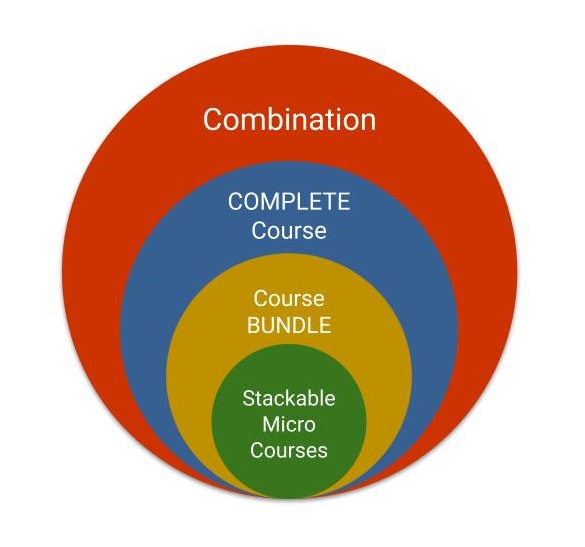Description
Our Xero GST, Reporting & BAS Training Course builds on our Xero Bank Reconciliation Course. It explores a full quarter worth of transactions using a case study which features a budding entrepreneur.
The following topics are included in this course:
- GST treatment for capital purchases (a vehicle)
- How different costs of running a vehicle are treated
- When FBT applies to expenses like entertainment
- Introduction to Payroll & how wages are treated in the BAS
- Financial Settings with regard to the GST registration (Cash vs Accrual and quarterly vs monthly)
- Run a BAS report, which is combined with our specially-designed “Ad Hoc Payroll” Excel spreadsheet case study calculations in order to work out the final liabilities
- See the financial results of the business owners ‘change of strategy’ and focus
- You’ll see what these results look like at the end of the quarter, as well as month-by-month comparisons of Profit and Loss and Balance Sheet reports
- How the business owner can use the information in the reports to change the direction of the business and
- Configure their software to obtain even better reports at the end of the next quarterly reporting period.
We’ve chosen this case study because it enables us to include a bunch of transactions that make GST and BAS reporting tricky; including:
- purchases which are GST-free,
- those which have partial GST, or are
- international payments.
Varying GST Transactions
It includes capital purchases (a vehicle) and how the different costs of running a vehicle should be treated, as well as expenses like entertainment; when FBT applies and an introduction to Payroll where you’ll explore how various aspects of wages are treated in the BAS.
 BAS Report and PAYG Introduction
BAS Report and PAYG Introduction
After correctly coding the transactions, you will customise the Financial Settings of a Business in Xero with regard to the GST registration (Cash vs Accrual and quarterly vs monthly).
You’ll run a BAS report, which is combined with our specially-designed “Ad Hoc Payroll” Excel spreadsheet case study calculations in order to work out the final liabilities.
For Micro & Small Businesses you can use other tools like Excel Spreadsheets to perform calculations of obligations like PAYG and then enter the transaction into your accounting software.
As you progress through this course you’ll see the results of the business owners ‘change of strategy’ and focus for the business. You’ll see what these results look like at the end of the quarter, as well as month-by-month comparisons of Profit and Loss and Balance Sheet reports.
Decisions Based on Financial Reports
At the end of the course you’ll learn how to analyse financial reports and interpret the data to provide information to the business owner to help him improve the business, as well as how to configure the software to obtain even better reports at the end of the next quarterly reporting period.
Apart from performing all of a businesses compliance requirements, decision making is one of the biggest reasons for business to maintain detailed records and use computerised accounting software.
Case Study: The Messy Startup
 In this course you’ll help Jerry finalise a quarter of transactions by entering tricky transactions so the bank account reconciles and that includes an introduction to Payroll for a micro business utilising ATO Pay Tables to calculate and enter payroll information to report in the BAS.
In this course you’ll help Jerry finalise a quarter of transactions by entering tricky transactions so the bank account reconciles and that includes an introduction to Payroll for a micro business utilising ATO Pay Tables to calculate and enter payroll information to report in the BAS.
This is a startup business where Jerry opens a business bank account and starts multiple businesses to earn an income that replaces his corporate salary. He has a family to support and doesn’t have a lot of time or desire to do his own bookkeeping – he could be your next employer or client!
Learn more about this Advanced Bookkeeping Course case study
UPGRADE option: Advanced Certificate Xero Course
 This Xero Advanced Course is one of 4 Xero Courses in the Advanced Certificate BUNDLE.
This Xero Advanced Course is one of 4 Xero Courses in the Advanced Certificate BUNDLE.
Enrol into the Xero Advanced Course BUNDLE and learn about
- Payroll Administration,
- Cashflow and Forecasts as well as
- keeping track of projects, including profitability reporting.











